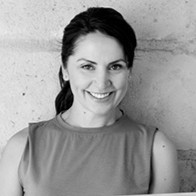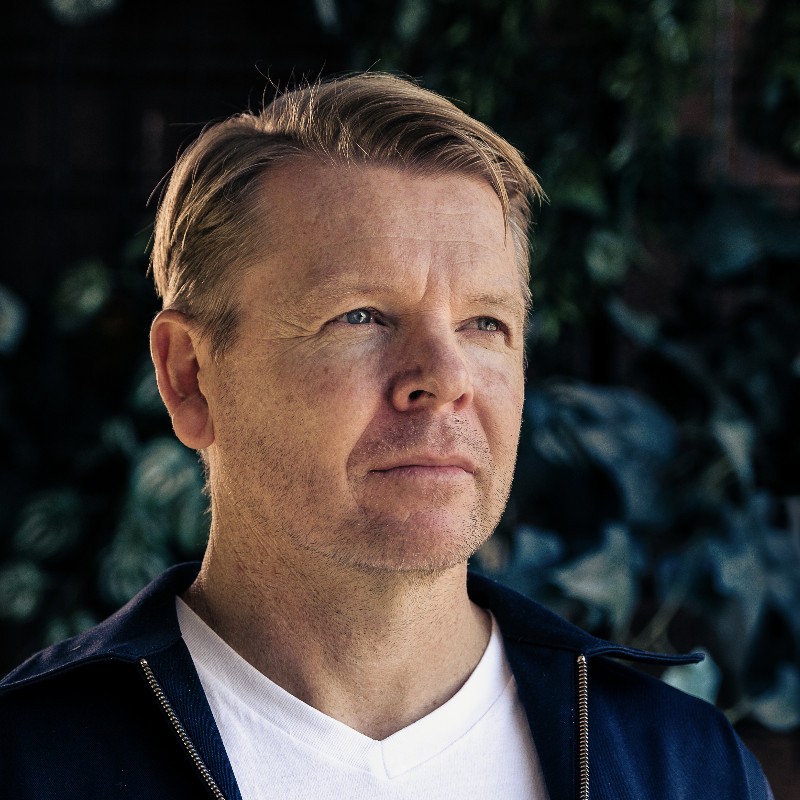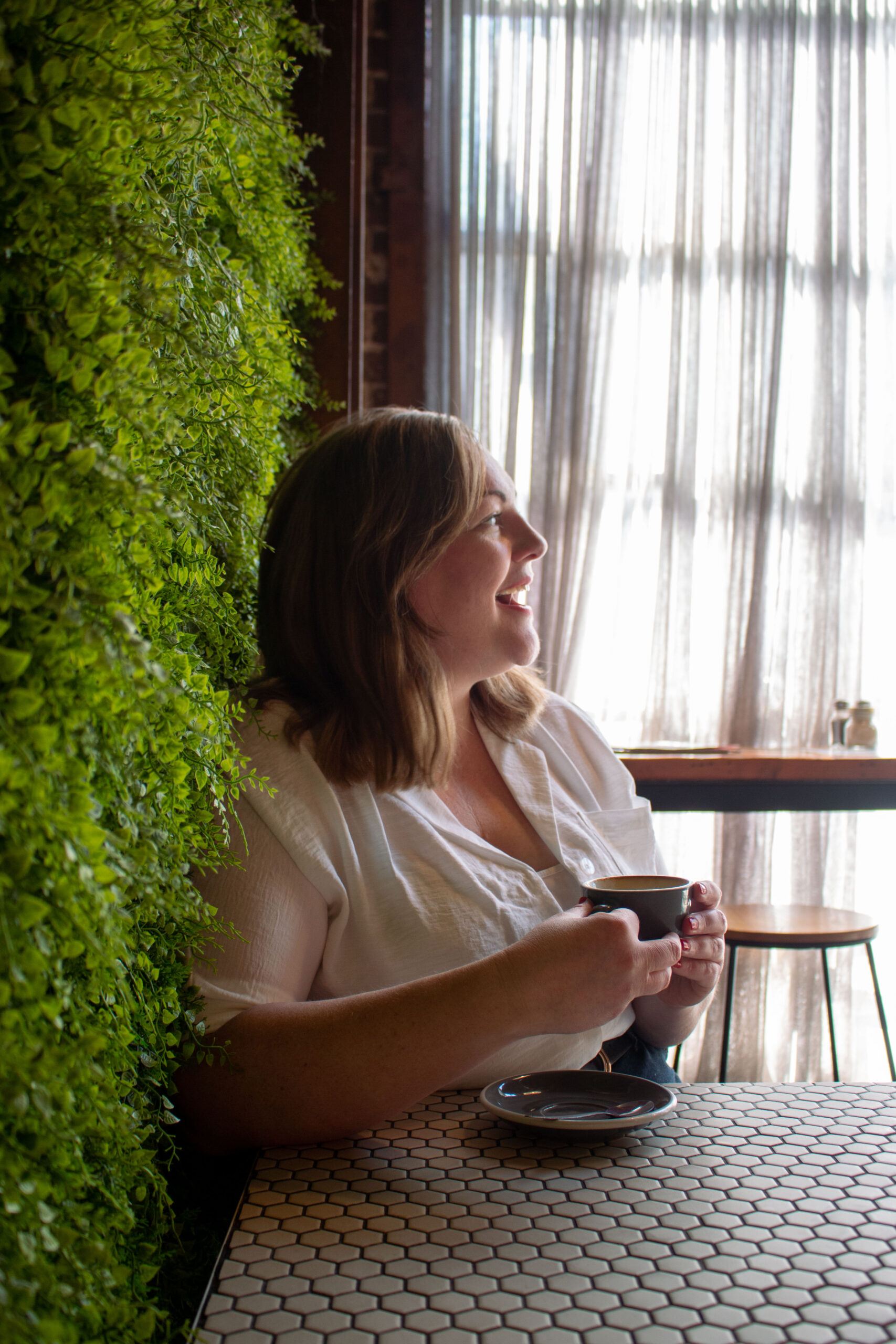If you're a Designer, you can relate to the roller coaster we have been on regarding digital careers in the last four years! We had layoffs in 2020 as the Pandemic started, the hiring frenzy of 2021 and into 2022, and the shrinking markets in 2023 and 2024.
Combine this with the advent of Gen AI, and Designers are now trying to work out how to keep themselves employed and plan for their future careers.
Here are 5 things to do as a Designer to keep being employable.
1) We work in tech—understand the tech
There are two major tech trends to pay attention to in 2024:
- Generative AI with services such as OpenAI's ChatGPT, MidJourney and Google's Gemini
- Cybersecurity and its impact on the collection, use and management of business and personal data
Combine that with APIs, headless Content Management Systems (CMSs), Internet of Things (IoT) and cloud computing, and there's much to keep up with.
As designers, we should be informed about the technology and how it can be used in Product development, and not be dependent on the Engineering teams to ensure an idea is viable.
My recommendation:
Choose a technology that interests you and go deep. Understand how it works and is applied within the real world. Look at the ways Design could create new interfaces for customers and admins, identify places where good content enhances the technology experience, and have an opinion on whether the tech is appropriate for the context of use.
We want to be partners in product development—smart people who are not just given an interface design task to integrate a new feature.
2) Be prepared to get your hands dirty
The dichotomy of 2024/25, is that Gen AI will probably take over routine interface design and development AND the explicit need for designers to be ‘doers' providing specifications for delivery.
With the tech downturn, three things are happening in the market:
- The rise of the player/coach role: Where the person is expected to manage the team and be doing work.
- The demand for Senior Designers: A Senior Designer does the work, knows the process and doesn't need a large amount of technical guidance.
- Specialist contract roles: For example, many organisations don't need information architects on staff, but for large projects will want specialists who know how to run the project as well as do the work.
Does this mean if you are a design leader who has been newly laid off that you need to sharpen your Figma skills? Maybe…
More likely you need to look at your ‘doer' skills and work out if they can provide you with satisfying work.
3) Rely less on the tools and build your method library instead
I've lived through the evolution of design tools. We started with Visio and Illustrator and moved to Omnigraffle. I used Axure for complex prototyping and Balsamiq for simple interfaces, then migrated to Sketch and now Figma.
There is only one tool in UX Design at the moment—Figma. If you are a practising design, you need to know it at a minimum.
But what happens when the next tool arrives, as it surely will? A tool only codifies our designs; it does not create, research or test our designs.
We need to have methods at our fingertips to do that work.
Note, that I am talking about methods and not methodologies. I truly don't care if you use Design Thinking, Human Centred Design, User Experience Design, the Double Diamonds or something else.
These methodologies come and go in popularity—we can use them as a model to explain our process, but they can quickly become a cult.
How often have you heard “We must design this way!”?
Methods stay with us in designing solutions no matter what the ‘in' methodology is.
Examples are stakeholder interviews, a content audit, a competitive analysis to understand the features on other sites, a brand audit for tone and styles on all digital platforms, or contextual enquiry at a Call Centre.
Building up our method libraries with how and why we use each method, means we can design the process of UX within the timeframe, the existing knowledge and the practitioner's skill. Then designing doesn't rely on a tool or a particular methodology, but on the way we analyse and synthesise the context and problems to come up with the right solution.
4) Identify your superpower as a Designer
My superpower is organisation; a skill I have used in organising information as an information architect, project plans as a design leader and herding people as a product manager. I have also used it in managing fashion shows, creating the yearly plan for Joey Scouts and scheduling regular Zoom meetings with family and friends across the world.
Ask yourself: As a Designer what skills do you bring to the world?
For example, a Visual Designer whose skill is bringing clarity via visuals could use it in facilitation providing a way to help visual thinkers in a leadership team to increase their understanding of the strategy.
“Finding our superpowers moves us from being a designer to a smart person who can adapt to many work situations. Some of our superpowers are design-specific, but many are ‘soft skills' that are needed as we develop into mature professionals.”
5) Broaden your network and interests outside of design
My friend David and I head off regularly to the Melbourne Search and Recommendations meetup. It's a meetup of people implementing Search, AI and Personalisation engines in Australia and overseas. They are very technical—people talking about the maths and the implementation approaches to these technologies, so why would two designers go to these meetups?
Because they are interesting and it got us out of the house/office!
The last meetup we attended was Conversational AI: Unveiling the Magic Behind Pre-trained Large Language Models in Digital Assistants.
Of the hour meetup, there were about 20 minutes of detailed maths that I didn't follow (it's been many years since my Applied Maths classes at Monash University), but that didn't take away from the really interesting discussion about the application of LLMs in chatbots and when to use LLMs vs. APIs.
There are so many Design meetups which are lovely ways to connect with our community, but they do become an echo chamber—meeting and seeing the same people and the same topics over and over.
Broaden your understanding of technology and the world of work.
Latest.

Juniors & Leaders: How To Fail In The Workplace The Right Way
Leadership, Thought Leadership, Job Seeker

The Right To Disconnect From Work—A Blessing Or Curse?
Thought Leadership

4 Important Steps To Review And Improve Your ERG
Diversity, Equity and Inclusion








